FreeRTOS From Ground Up™ on ARM Processors (REVISED)
RTOS : Build RealTime embedded applications with FreeRTOS. Practice on STM32 and TIVA C boards
4.49 (875 reviews)
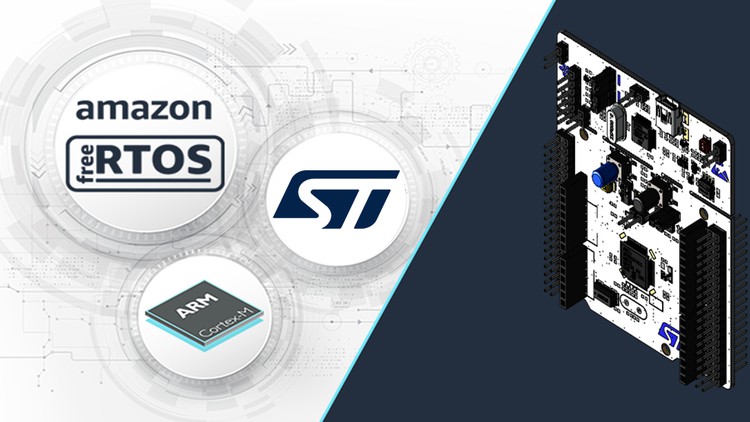
7,526
students
23.5 hours
content
Mar 2023
last update
$69.99
regular price
What you will learn
Build Multitask real-time applications with FreeRTOS
Port FreeRTOS to any ARM Processor
Master FreeRTOS Task Management features
Master FreeRTOS Resource Management features
Master FreeRTOS Task Synchronization features
Master FreeRTOS Event Management features
Calculate the CPU Utilization of an RTOS
Understand the Internals of an RTOS Kernel
Implement and explain popular scheduling algorithms
Give a lecture on the FreeRTOS RealTime Kernel
Master FreeRTOS Interrupt Management features
Master FreeRTOS Time Management features
Master FreeRTOS Interrupt Run-Time statistics features
Build a board support package from scratch
Understand Rate Monotonic Schedulers
Understand First Come First Served Schedulers
Understand Round-Robin Schedulers
Understand Weighted-Round-Robin Schedulers
Understand ARM Design and ARchitecture
Understand ARM OS Support Features
Screenshots
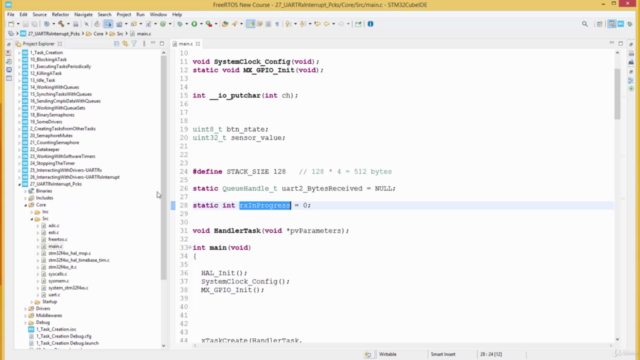
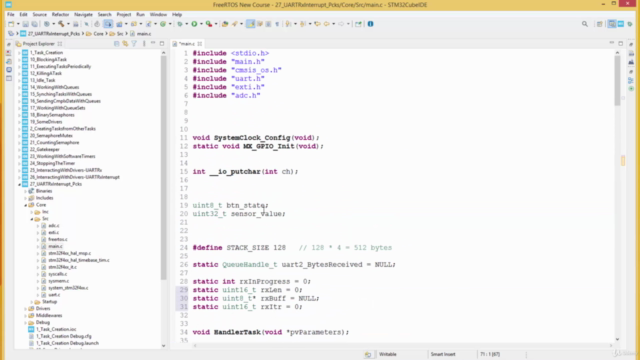
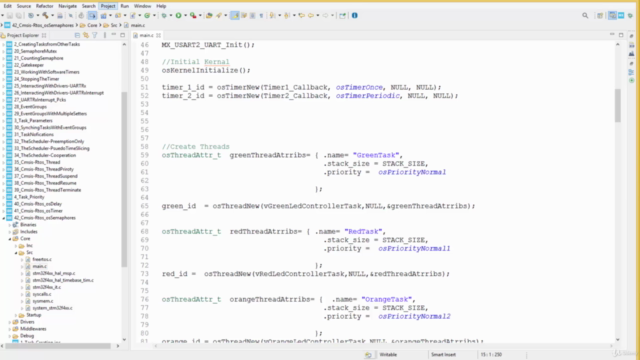
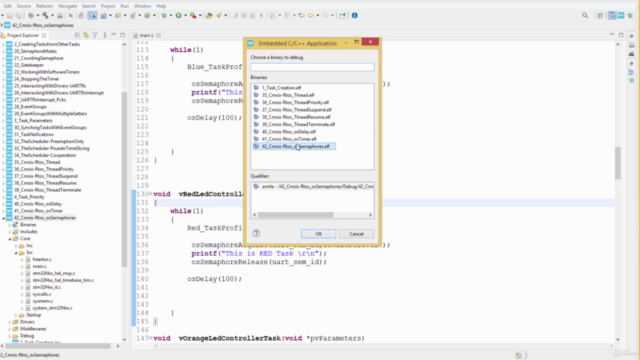
Related Topics
1481998
udemy ID
12/25/2017
course created date
7/3/2019
course indexed date
Bot
course submited by